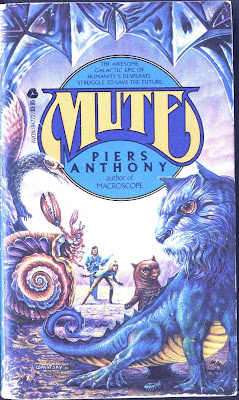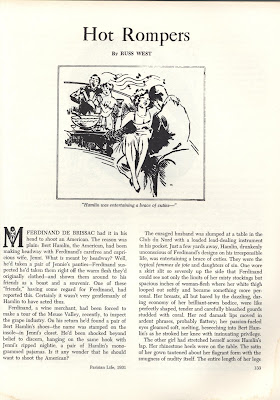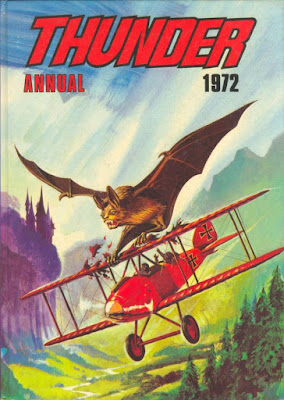0 / 5 Stars
Prior to 1979, humorous, or comedic, sf was a sub-genre of sf; its most prominent representatives were Robert Sheckley and Ron Goulart. Whether or not you considered either writer particularly effective, the fact remained that neither was successful in bringing their work to the attention of the larger pop culture landscape. It was safe to say that a small readership treasured the sub-genre, and things were not likely to change.
But of course, in 1979 the status of humorous sf did indeed change - drastically - with the publication of The Hitchhiker’s Guide to the Galaxy by the British author Douglas Adams (1952 – 2001). Adapted from a radio serial Adams had presented on the BBC in 1978, the novel was a major hit in the UK, and in 1980 a hardcover version was released in the US by Harmony Books and became a bestseller as well. By the time a mass market paperback version was published in 1981, Hitchhiker had become a pop culture phenomenon, with many book purchasers consisting of people who were not sf fans.
Needless to say, mainstream sf writers in the US were very aware of the tremendous success of the Hitchhiker phenomenon. Unsurprisingly, more than a few of these mainstream writers quickly moved to take advantage of the interest in humorous sf. One of the most successful was Terry Pratchett, whose 1983 novel The Colour of Magic kicked off the remarkably successful ‘Discworld’ series.
[ I freely admit to having never read any of the above novels, or of being all that fond of the genre of comedic sf. ]
UK writer Piers Anthony (the pen name of author Piers Anthony Jacob) wasn’t slow to get on the humorous sf bandwagon, issuing ‘Mute’ (440 pp) in April 1981 as an Avon mass market paperback. The cover art is by Ron Walotsky.
‘Mute’ is set in far future, and features as its lead character a misshapen mutant named Knot; he is gifted with the ability to subconsciously convince people to forget ever encountering him (this gives author Anthony the opportunity to insert smarmy in-jokes about attractive female muties being seduced by Knot in a 'deja vu all over again' sort of way).
As the novel opens, Knot is a job placement officer on the mutie planet Nelson; there, he is visited by the beautiful Finesse, an agent working for the Galactic Empire. Finesse is accompanied by Hermine, a weasel who can communicate telepathically; and Mit, a hermit crab that can predict the immediate future.
(Yep………cute, talking animals…….)
After much arguing, Knot agrees to join up with Finesse, Hermine, and Mit to combat a Threat to the Entire Galaxy. The Empire’s Central Computer has determined that only this group of unique beings has much of a chance to set things right.
(Yep………cute, talking animals…….)
After much arguing, Knot agrees to join up with Finesse, Hermine, and Mit to combat a Threat to the Entire Galaxy. The Empire’s Central Computer has determined that only this group of unique beings has much of a chance to set things right.
Thus begins a picaresque series of whacky adventures that have our team of heroes traveling all over the galaxy and facing all manner of perils…………..
‘Mute’ is an awful novel. It’s so bad I gave up at page 133. I couldn’t take it anymore.
Here’s one example why: early in the book, the team lands on a planet that is a giant chicken coop. Knot makes his way into an area of the coop that houses roosters bred for cockfighting, and accidentally frees them. This gives author Anthony an opportunity to have his character make the following remark:
‘Loose cocks’, Knot said.
This kind of forced, cheeseball humor isn't the book's only drawback. Add in the fact that the majority of the narrative consists of lengthy passages of dialogue in which the characters stand around and say witty things (in between efforts by Knot to get Finesse into bed), and you have a novel that is beyond lame.
Perhaps inevitably given his prodigious output, many of Piers Anthony’s novels were duds, while others (like Var the Stick, which I recently reviewed here) are very engaging. But ‘Mute’ is in definitely one to be avoided.
‘Mute’ is an awful novel. It’s so bad I gave up at page 133. I couldn’t take it anymore.
Here’s one example why: early in the book, the team lands on a planet that is a giant chicken coop. Knot makes his way into an area of the coop that houses roosters bred for cockfighting, and accidentally frees them. This gives author Anthony an opportunity to have his character make the following remark:
‘Loose cocks’, Knot said.
This kind of forced, cheeseball humor isn't the book's only drawback. Add in the fact that the majority of the narrative consists of lengthy passages of dialogue in which the characters stand around and say witty things (in between efforts by Knot to get Finesse into bed), and you have a novel that is beyond lame.
Perhaps inevitably given his prodigious output, many of Piers Anthony’s novels were duds, while others (like Var the Stick, which I recently reviewed here) are very engaging. But ‘Mute’ is in definitely one to be avoided.











































































